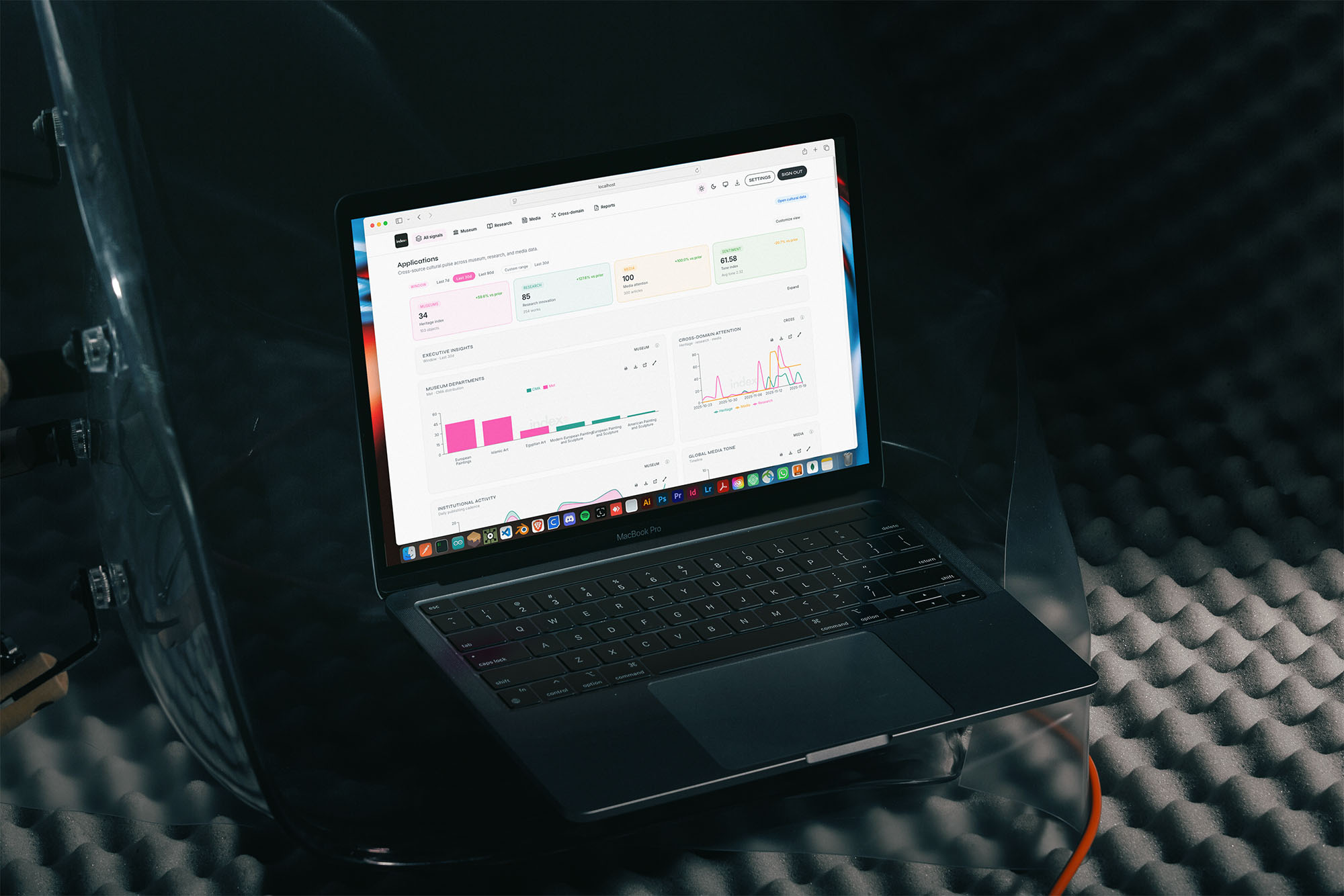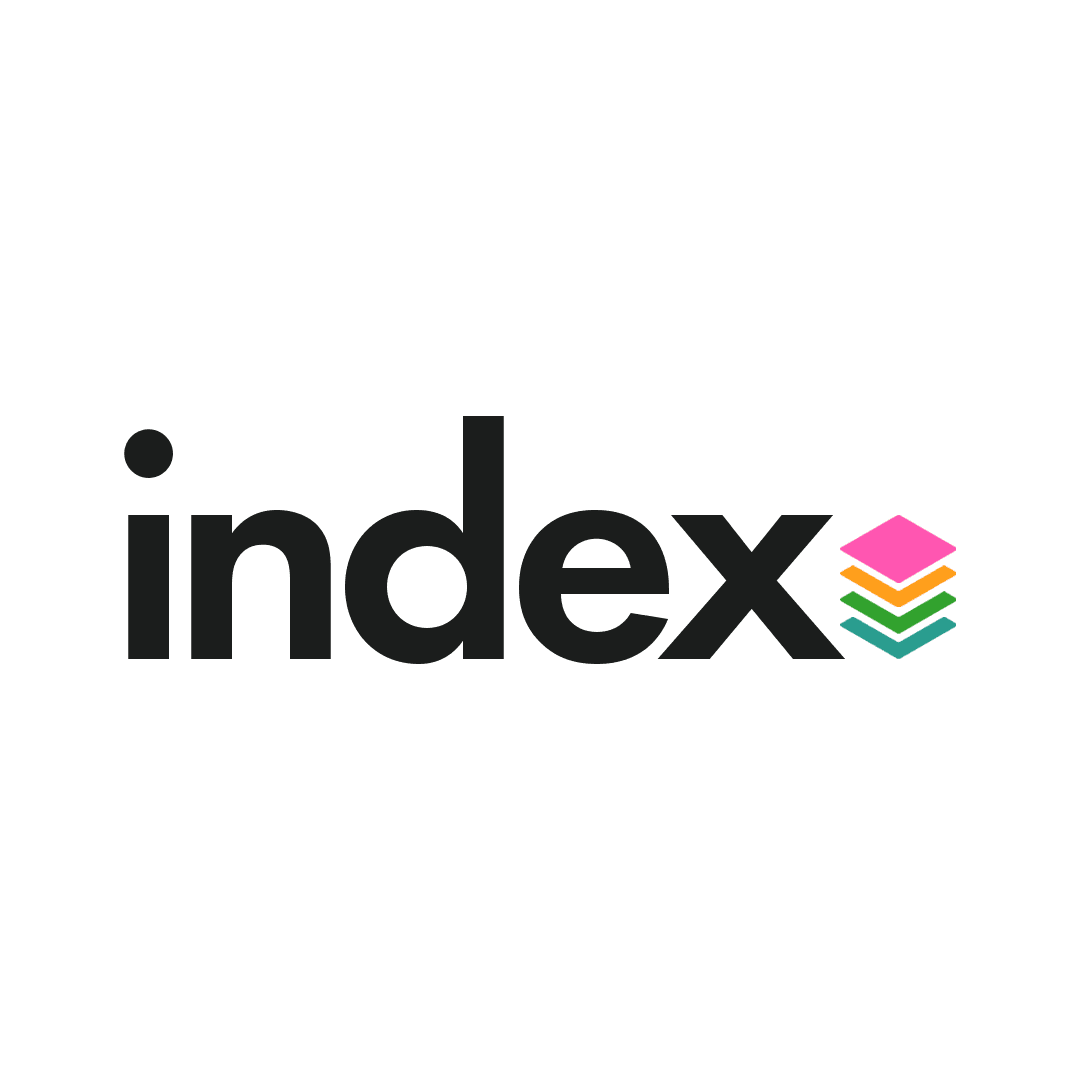konnekt/Art-Tech Intelligence
Intelligence at the Edge of Art and Innovation
Art-Tech Intelligence examines how artificial intelligence, data science, and emerging systems reshape artistic creation, curation, and market behaviour. From algorithmic exhibitions to on-chain provenance, each article links cultural analysis to measurable signals showing how code becomes context and technology shapes taste.
Latest from Art-Tech Intelligence
New reporting on AI & machine learning in curation, institutional insights in art-tech adoption, collector behaviour, and trend behavior.
AI Curators: How Algorithms Select Artworks in 2025
The Art Intelligence Algorithm: A Framework for Quantifying Culture and Creativity
AI & Machine Learning in Curation (2025)
Curatorial Intelligence & social Trends
Methods, datasets, and signals shaping curatorial decisions across museums, galleries, and digital platforms.
Institutional insights & Adoption
How cultural institutions deploy AI—governance, ethics, workflows, and measurable outcomes.
Collector Behaviour & Market Effects
How recommendation systems, pricing signals, and discovery tools influence collecting and taste formation.

Connecting Research, Practice, and Technology
The Art-Tech Intelligence series examines how institutions, artists, and collectors navigate the growing influence of data and algorithms in contemporary culture. It goes beyond commentary by integrating directly with the Index platform, linking cultural research with measurable signals across museum collections, scholarly work, and global media. Each essay draws on datasets, cross-domain trend visualisations, and sentiment and impact analysis from the Index Scoring Engine.
By aligning editorial insight with quantifiable cultural intelligence, Art-Tech Intelligence bridges research and real-time practice, revealing how algorithms, institutions, and human creativity now co-author the future of curation.

FAQ: Art & Technology Intelligence
What is “art-tech intelligence”?
Art-tech intelligence refers to the analysis of how artificial intelligence, data systems, and computational methods influence artistic creation, curation, and the art market. It connects qualitative interpretation with measurable signals such as engagement, relevance, and sentiment to understand shifts in taste and institutional strategy.
How does Konnekt Index relate to the articles in this category?
Category features draw on the same data backbone used by Konnekt Index. Articles interpret cultural developments; the platform quantifies them through AISF scoring, alerts, and scheduled reports for researchers, curators, and institutional teams.
What kinds of datasets inform curatorial intelligence?
Typical inputs include exhibition announcements, institutional releases, critical essays, market summaries, and selected social or trend feeds. Signals are normalised and scored to indicate relevance, sentiment, and innovation. Specific data sources can vary by coverage and are documented within reports where appropriate.
Can these insights replace human curatorship?
No. AI-supported analysis scales discovery and pattern recognition, but curators provide contextual, historiographic, and ethical judgement. The most effective models are hybrid—algorithmic tools paired with human oversight.
Who benefits from subscribing to reports?
Researchers, curators, galleries, and collectors seeking structured monitoring of art-tech developments benefit from daily notes, alerts, and periodic deep-dives. Reports provide concise synthesis for decision-making without replacing independent evaluation.










